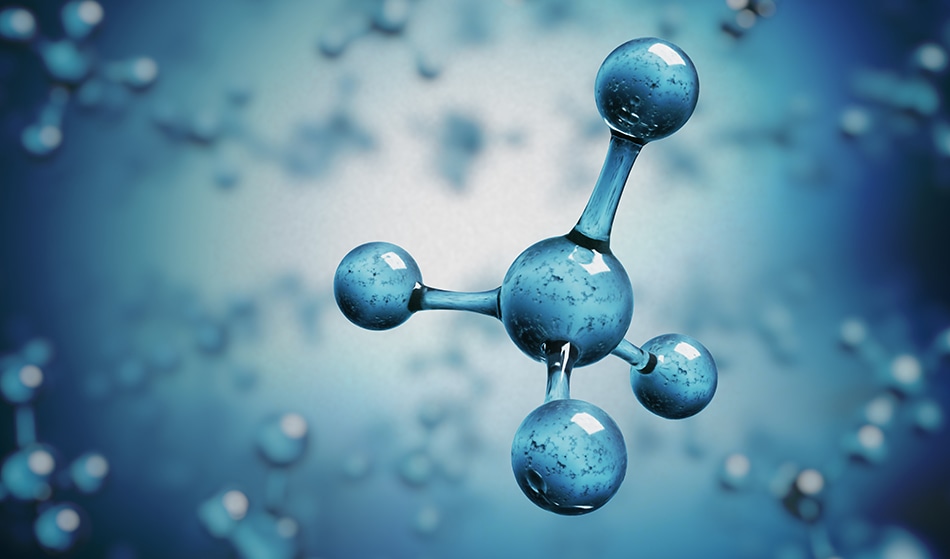 By Isabelle Robinson, M.Sc.Jul 25 2018
By Isabelle Robinson, M.Sc.Jul 25 2018A research team from the US National Oceanic and Atmospheric Administration (NOAA) has successfully recorded the sounds of methane being released on the seabed, just off the Pacific Northwest coast. The team, situated at Oregon State University, used a hydrophone to record the sounds, and claim that by using this technique, they can accurately quantify subsea methane.

vchal / Shutterstock
The technique was outlined in the journal, Deep Sea Research II, by lead acoustic scientist Robert Dziak. A remotely-operated vehicle named Hercules was controlled by the researchers' exploration vessel, Nautilus. The vehicle was able to suspend the hydrophone 1.5km beneath the surface of the ocean to record the bubbling methane gas erupting from the continental shelf near Heceta bank. By using the hydrophone, the researchers found it was easy to hear the series of high-frequency bursts, which indicated the release of methane, lasting up to 3 seconds. This was proved correct by comparing the sounds to earlier images taken by the Hercules vehicle. The image and acoustic signature closely matched.
The bubbles in the streams make sound, and the frequency of the sound is related to the size of the bubble. The smaller the bubble, the higher the pitch. And the larger the bubble, the lower the sound pitch, but the more methane it contains.
Robert Dziak, Lead Acoustic Scientist
Dziak and his research team believe that their new findings can be used to quantify the volume of methane being released from the sea floor, and have set a goal to be able to measure the amount and rate of which it is emerging. It is known that the gas exists as an icy solid hydrate deposit in subsea rocks, but it is also found in gas form in sediments, usually around tectonic plate margins around the globe.
Surprisingly, methane is a very potent greenhouse gas, even trumping the infamous carbon dioxide. However, the volume of gas being released from the seafloor had never been previously quantified. In addition to this, it is thought that these deposits could be a new source of energy if tracked and harvested for use. With this technique, Dziak and his team hope to be able to measure the amount of subsea methane accurately.
In July 2018, another project is set to use the Nautilus to map more locations of subsea methane seeps. The team will be led by Oregon State University researchers, Tamara Baumberger and Susan Merlewill, and will focus on the Oregon coast. In the meantime, Dziak and fellow researcher Haru Matsumoto are set to use the hydrophone to collect acoustic data in the Astoria Canyon. It is thought the process will take 2-3 days to complete.
The frequencies are so high on some of these recordings that the data drive fills up quickly on battery-operated hydrophones. However, this new experiment will record for a longer time period, allowing us to see how seafloor methane emissions vary over time, and how they may be influenced by the ocean tides.
Robert Dziak, Lead Acoustic Scientist
Disclaimer: The views expressed here are those of the author expressed in their private capacity and do not necessarily represent the views of AZoM.com Limited T/A AZoNetwork the owner and operator of this website. This disclaimer forms part of the Terms and conditions of use of this website.